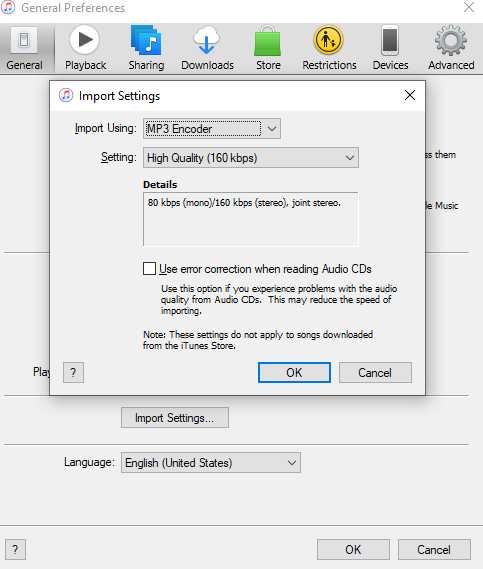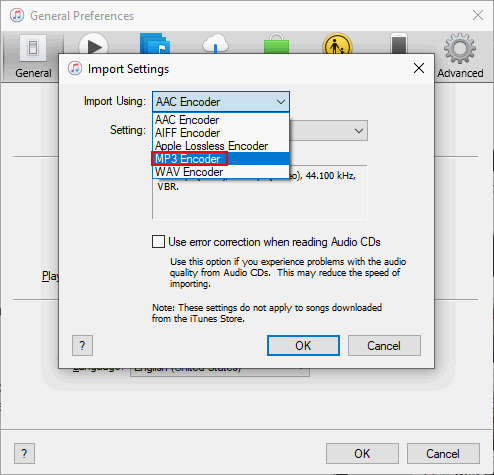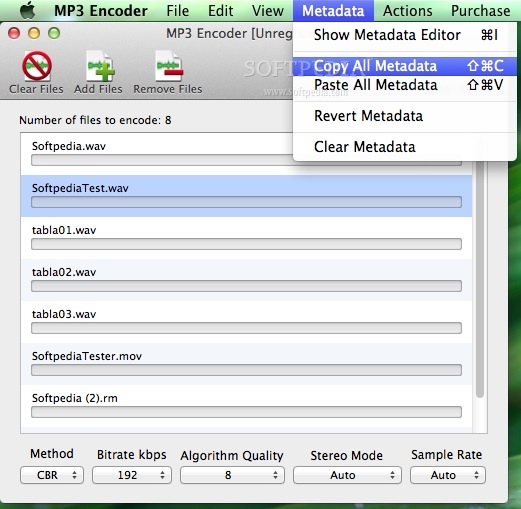

(They can be restored later by manually renaming songs.)Ĭlick the folder you want, then at the bottom of the screen click "include folder" to add it to Windows Media Player. On the left, click the "my music" folder, then "iTunes," then "iTunes media," then "music." The songs are in folders named after the artist yours will be in a folder called "unknown" because song titles are lost when copying CDs. Click "organize," then "manage libraries," then "music." Click the "add" button to the right of the "library locations" box.

If the songs were copied as MP3 files, open Windows Media Player. With regard to audio compression (the aspect of the standard most apparent to end-users, and for which it is best known), MP3 uses lossy data-compression to encode. Highlight a song title in iTunes, right click it and from the menu choose "get info." Under the heading called "kind," see if the song format is AAC (works only on Apple players) or MP3. MP3 (or mp3) as a file format commonly designates files containing an elementary stream of MPEG-1 Audio or MPEG-2 Audio encoded data, without other complexities of the MP3 standard. What can I do?Ī You need to move the songs into a Sansa-compatible music program, such as Microsoft's Windows Media Player 12, which is pre-installed on new PCs.īut first you need to make sure the songs your daughter copied were recorded by iTunes in the MP3 file format used by the Sansa player and Windows Media Player.

Install a compatible mp3 encoder install#
But my MP3 player is a SanDisk Sansa, which can't use iTunes. On Linux, it just works, on Windows, you had to install ffmpeg/lame encoders (but I havent used Windows in years, so it mightve changed). Q My daughter loaded all of my audio CDs and some borrowed CDs into iTunes on my PC.


 0 kommentar(er)
0 kommentar(er)
